Ask a Photographer, Part 4
Joshua Cripps
is a photographer, teacher, and writer living in the spectacular Eastern Sierra.
Today marks round 4 of “Ask a Photographer,” an open forum for you to ask any questions you might have about photography, camera gear, travel, adventure, or what kind of soap I use. Leave your questions in the comments below and I’ll be answering them all day long.
Please read these previous “Ask a Photographer” forums to see if your question has already been answered:
Part 1
Part 2
Part 3
The forum is now closed. Thanks to everyone for participating!
share this article:
Facebook
Twitter
Pinterest
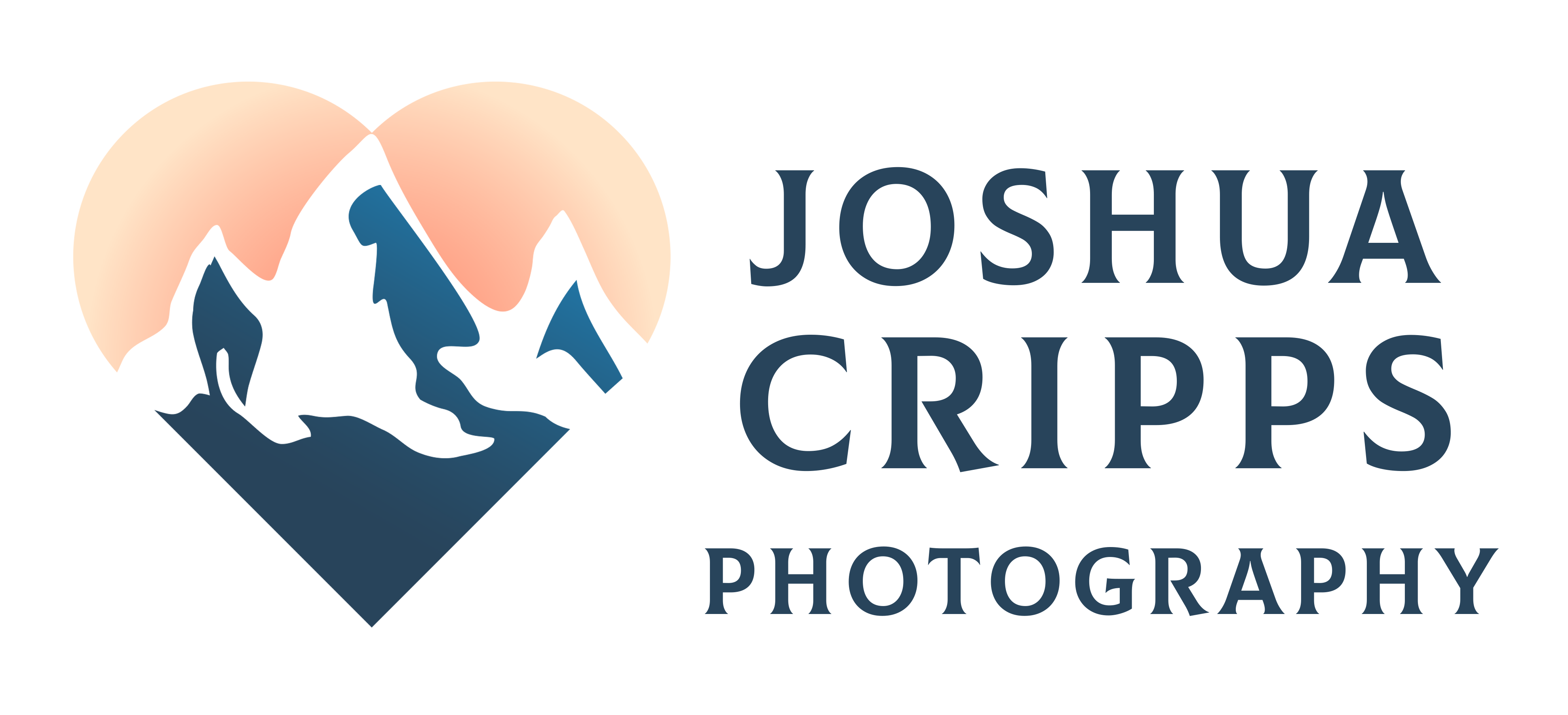
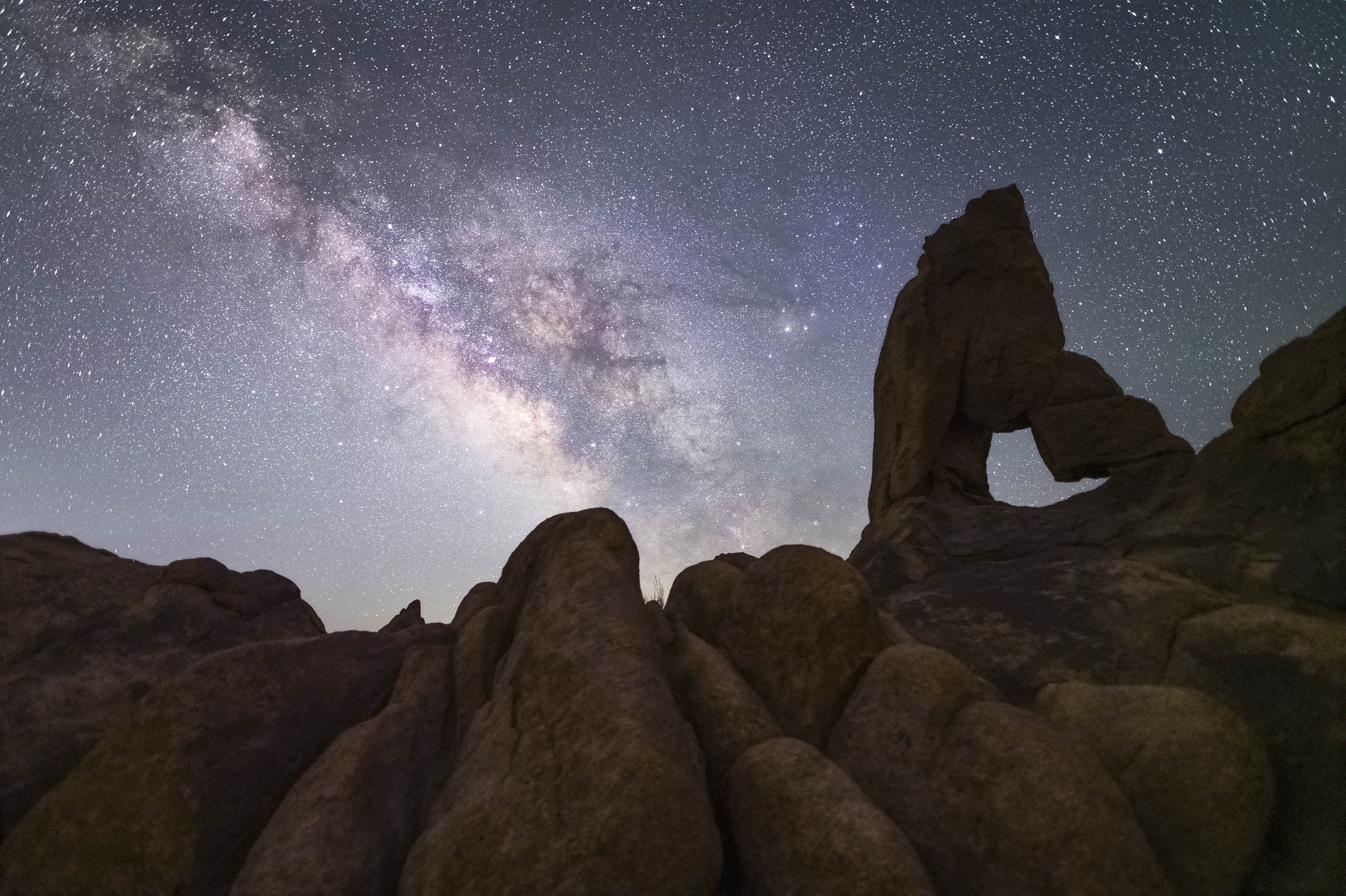
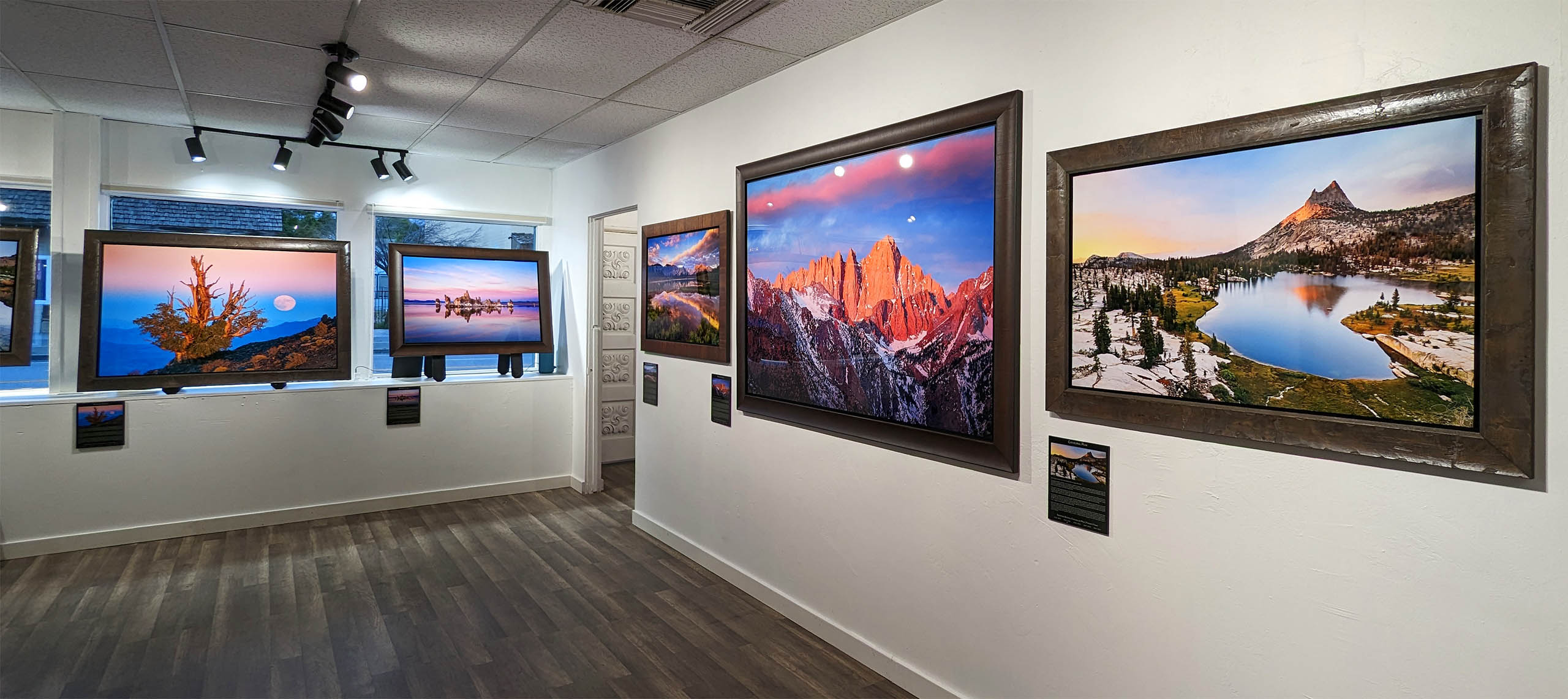
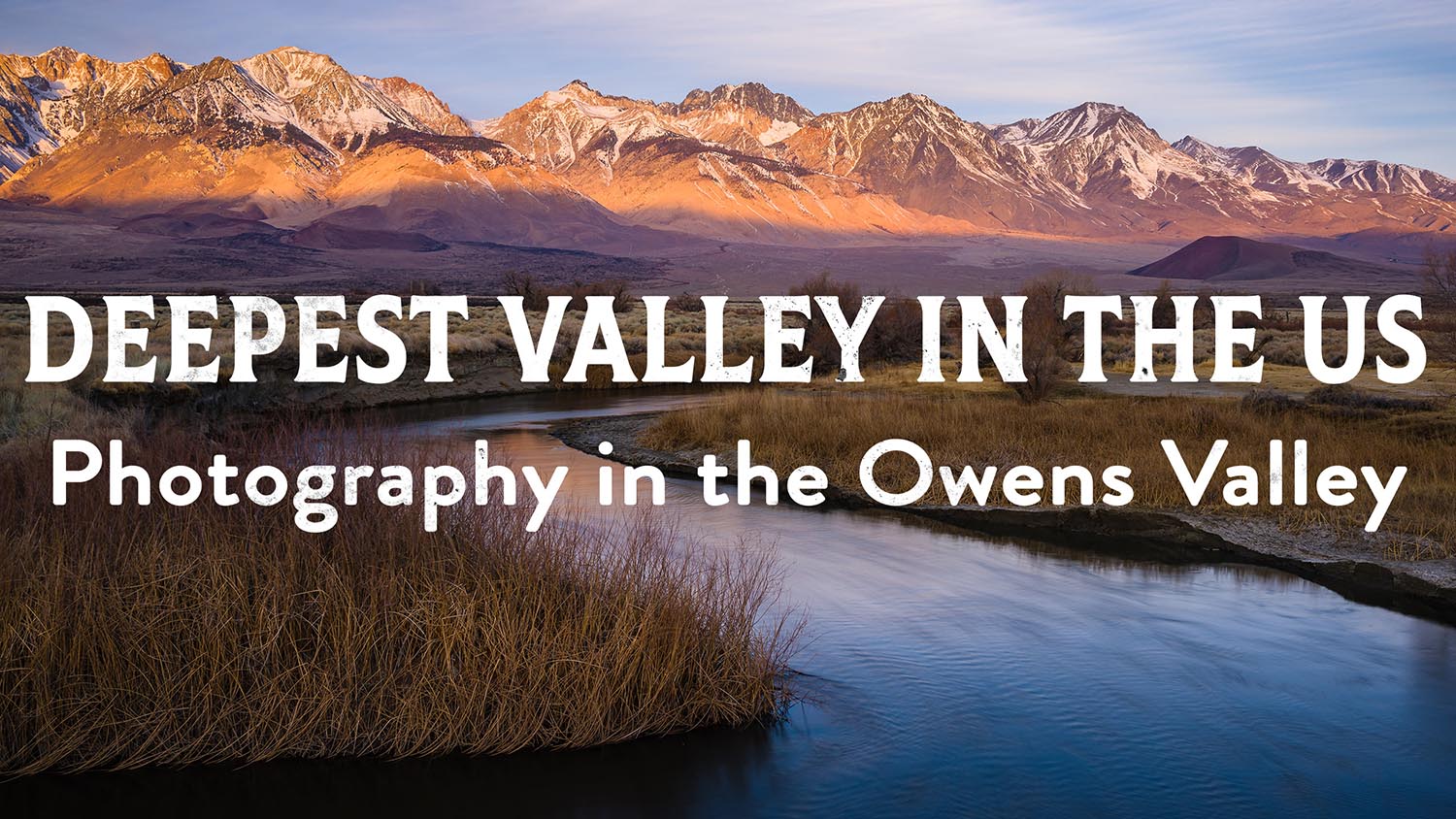
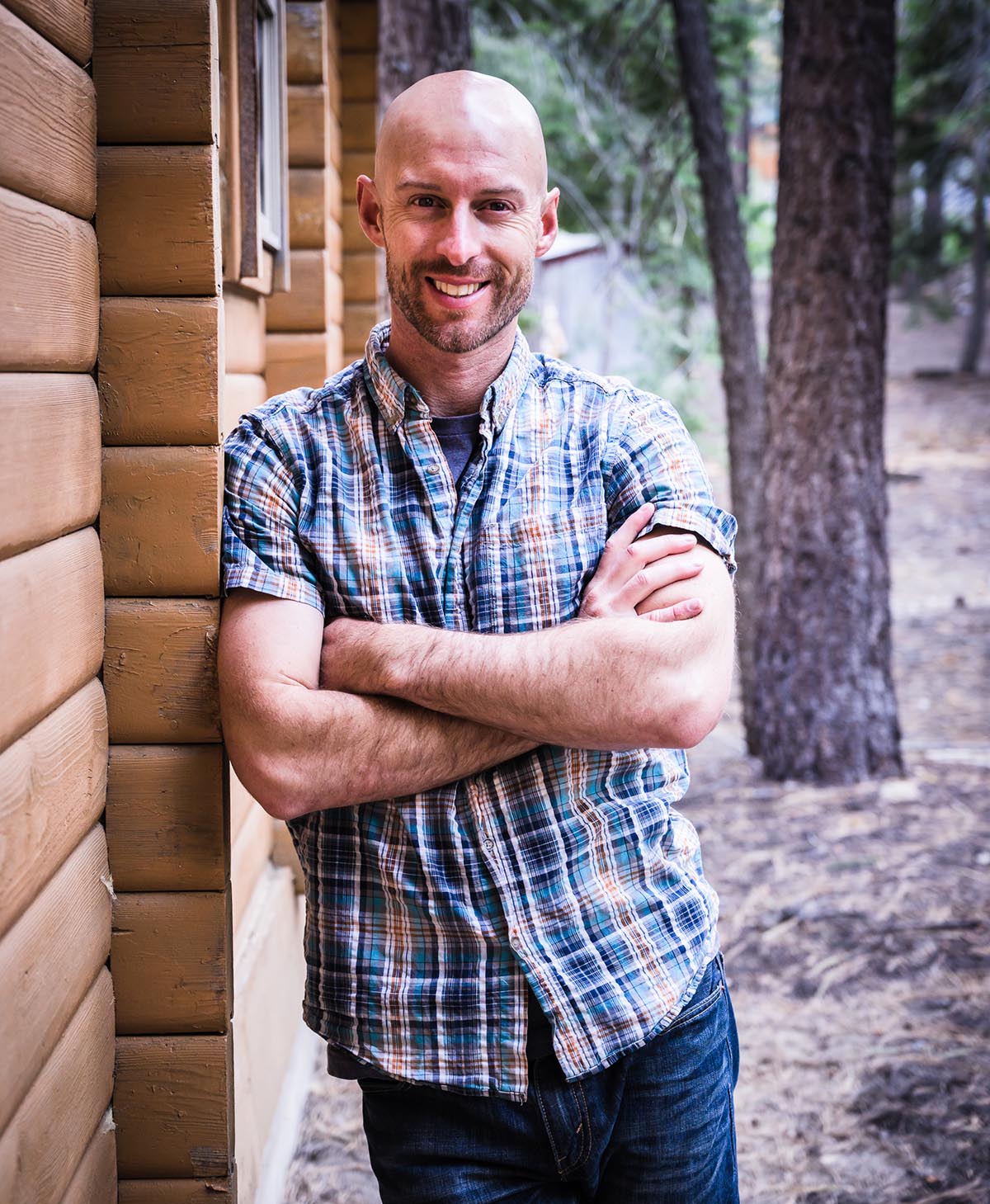

20 Responses
Hey Kristy,
Thank you, and welcome! Good questions with some complicated answers. Let me see if I can provide some insight.
1) You do have great lenses so you should be able to have tack sharp shots. Without actually seeing your setup and being able to fiddle with it I can’t really say what the issue might be. Have you tried playing with the auto-focus fine tuning for each of your lenses? That should help with your longer lenses. The 12-24 however should be more forgiving, and if you’re getting soft shots using that I suspect it’s one of two things: 1) you’re focusing in the wrong place in your frame (i.e. if you focus too far away your foreground will be soft, or if you focus too close then your background will be soft. If you haven’t heard of it, google “Hyperfocal Distance”), or 2) your aperture isn’t dialed in correctly (either too shallow a Depth of Field, or if your f-number is too high, like f/22, then you will definitely see diffraction-related softening).
Other things to try
– Use a remote shutter release cable and Mirror Up mode to minimize camera shake
– Manually focus view Live View. Zoom way in to your subject and twist the focus ring until things are sharp.
With your setup you should be able to get super sharp shots, even straight out of the camera. Post processing will then help you enhance the fine details in your images.
2) I haven’t cleaned my sensor in ages, though I need to because the dust spots are getting rampant. Most of the time I’m shooting at f/9 though and that helps minimize the appearance of sensor spots. No need to send your camera in; I’ve had great luck in the past using Eclipse’s Sensor Swab Kit.
3) Now this is a huge question, and there are whole books written on the concepts in color calibration. The short answer is if you are doing any printing, yes, you need to calibrate your monitor. There are hardware devices you can buy for a few hundred bones to do this, or you can take a more trial-and-error approach (which is what I did).
When I first got my photo printer I made sure that I downloaded the ICC profile for the paper I was using, then I printed out a couple of test shots directly from Photoshop, making sure that all the printer’s built-in color calibration was off, and that Photoshop was doing all the color determination. Then I simply adjusted my monitor until the photos on my screen matched what I was seeing in my test prints. Scientific? No. Simple? Yes. And effective. The calibration was true enough that I am very happy with the colors of my prints, even when I go to outside labs who use color calibrated printers with color profiling (note, if you do use an outside lab, make sure you embed your ICC profile into your images when you save them).
The purists would probably crucify me for that haphazard approach, but I’m not a color Nazi. As long as the colors in my prints are 95% accurate then I’m happy.
Hope that helps!
Josh
Hey, Josh,
Thanks for doing this. I am a new follower and love your work. I had one question, but after reading that you use a D7000 and like it I now have to ask you 2. 🙂
1. I have a love/hate relationship with my D7000. It seems to back focus all the time. When it looks in focus on the LCD, it isn’t on the computer. I have yet to thrilled with any tack sharp photo’s and I have great lens, like the 24-70 nikkor, the 70-200 nikkor, 12-24 Nikkor, and the 50 f/1.4. I use a tripod as well. From what I see of your images, they are all sharp, not soft like what I turn out. My question is, do you get sharp images right out of the camera? Do you use auto focus or manual focus only?
2. Do you clean your sensor at all or do you send it in somewhere to clean and service it?
3. Has to do with printing. The colors I see on my computer screen are not what is printed out. Do you calibrate your computer for color and if so with what? When you don’t print your photos yourself and send them somewhere how do you know make sure the color will be correct?
Thanks again for taking your time to answer our questions.
Kristy
Hi Josh, I’d love to know if you use a polarizer and if so do you have a favourite? Sorry if it’s been asked in one of your other Q&A’s. Love your recap of the year, some of those NZ spots are on my list to visit when I return! Thanks 🙂
Shari
Hi Shari,
Oh dear. My answer to this question is going to get me kicked out of the photography club: I don’t even own a polarizer, eek! Here’s the story: I used to have a Hoya Circular Polarizer but after too many waves doused it it became completely frozen with corrosion and residue. Plus there was salt water in between the polarizing planes. Yikes. So I chucked it. But because I almost never used it I never bothered to buy another one.
As to why I never used it, there are two main reasons: 1) since I shoot with an ultra wide lens I would often get uneven polarization across my frame, which was annoying and difficult to correct in post. And 2) Shooting a lot of seascapes at sunset I discovered that I really loved capturing the pinks, purples, and oranges of sunset as that light reflected off of wet rocks. Since a polarizer is designed to cut reflected light I knew it would cut out some of that beautiful shimmer on the rocks.
Only once in the past few years since I ditched my polarizer have I missed not having one: when I was shooting lots of rivers and waterfalls in New Zealand under overcast skies and I wanted to cut the glare off the surface of the water. But other than that I get by pretty happily without a polarizer.
A new polarizer is definitely on my “to buy” list (along with a million other things) and I’ll probably go for some kind of warming polarizer when I finally pull the trigger. I’ll also look for something high quality to stand up to all the abuse I put my gear through.
Hope that helps, and have fun when you head back to NZ!
Josh
Hi Joshua,
I would like to start by saying that I am a big fan of your work and find it really inspiring! Please keep the gorgeous landscapes coming 🙂
I had a couple of basic questions for you
1) One commonality that I see among most professional photographers that I follow is the clarity/sharpness of their images. Doing my research online I have come across many factors that seem to affect this, some of them being lens quality, use of tripod, ISO setting, shooting and post processing RAW etc. I have a Nikon D5000 with basic kit lenses (Nikkor 18-55,55-200) and I tend to always use a tripod and remote shutter release. I would like to know any specific things you do while shooting and post processing to get the kind of sharpness that we see in your images.
2) Until now, I have been using HDR (I know you are not a big fan :)) to get a balanced exposure on a scene with a high dynamic range. I recently purchased a Cokin GND filter kit and tried using it. I was having trouble shooting scenes where the divide between the overexposed and underexposed portions of the scene was not a straight line. For instance in scenes where you have a tall tree or a pyramid in your frame, I could see an abrupt change in exposure on the tree trunk or in the middle of the pyramid. Do you have any recommendations on using a GND filter to shoot such scenes.
Thanks a lot for running this forum! It is extremely educative.
Anand
Hi Anand,
Well thank you for those kind words! And for those great questions. Let me try to answer them:
1) Sharpness (or intentional blurriness) is certainly a critical factor in high quality photos. Your list of things to watch out for is fairly comprehensive already: a tripod and a shutter release are must-haves. High quality lenses will be noticeably sharper than kit lenses. In addition, most lenses have a specific aperture which is sharpest. On most lenses it’s around f/8. Stopping down more than that you will see a significant decline in sharpness due to diffraction. I almost always shoot at f/8 or f/9 on my ultra-wide lens.
Another very important thing to mention is focus. Focus is absolutely critical to having sharp shots. For virtually every landscape shot I focus at what’s called the hyperfocal point, which gives me the maximum depth of field for any given focal length and f-stop. In general this point is about 1/3 of the way up from the bottom of your frame (note: this is very different than 1/3 of the way into your scene), and if you’re shooting with a wide angle lens, is often only 3-5 feet in front of you. Focus there, and with a sufficient DOF you should see your entire image in focus. There are lots of hyperfocal tutorials online and even smartphone apps to help you determine your hyperfocal distance for your lens and f-stop.
When it comes to post processing, sharpening can certainly enhance the fine details in your shots but what it can’t do is create focus on anything that was out of focus in the shot. I use a sharpening action I learned a few years ago that applies two types of unsharp masks to enhance local contrast. But there are also lots of great plugins which probably do a better job of sharpening. I’d check out Nik Sharpener Pro.
2) Ah yes, this is the classic problem with using GND filters. One solution is to use soft grad filters. That way the transition is less noticeable. The other solution is to use software to recover the dark shadows in those elements that cross the transition zone. Tony Kuyper (www.goodlight.us) has some great tutorials on luminosity masks to do just that, though they are a little Photoshop-heavy.
Hope that helps!
Josh
I don’t know if it’s due to some subconscious, contrarian attitude, but I often find myself treating the “rules of photography” like taffy – Pulling, twisting and “MacGyvering” a scene, or subject with an “I wonder what would happen if I…” attitude. Do you have any example of where you “twisted the taffy”, so to speak?
Eric, at first I wasn’t sure how to answer your question. But the more I thought about it the more I realized that I twist the taffy on pretty much every shot. I almost always start with the basics: rule of thirds, leading lines, foreground/midground/background subject, etc. But if I stopped there my photos would be overly mechanical, formulaic. Once I have the basic idea for a photo laid out I always stop to ask myself what I’m trying to capture, and how I can enhance it. That’s when style and vision take over from the basic rules, and I start pulling and prodding a photo to fit in line with what I’m personally envisioning. For example I might place a horizon in the middle of the frame if I really want to draw my viewers into the sky. Or I’ll deliberately under-expose if I photo if I’m playing with light/dark contrasts. Or if I haven’t had my V8 I’ll shoot with my camera at an angle all day long. Just kidding. 🙂
Aloha Joshua,
I live on the wet north shore of kauai. What do you use to combat the elements while out in the field to protect you gear. Would you still shoot a waterfall during a light drizzle? What type of bag do you use to keep it all safe?
Mahalo nui
Jen
Aloha Jen,
To tell you truth, I’ve only shot a handful of times in the rain. I try to keep a towel handy if it looks like it’s going to be wet. Most modern DSLRs have at least some degree of weather sealing (obviously the higher end you go the better the sealing is), so as long as the camera doesn’t get too soaked and you dry it off quickly you should be ok.
I also have an inexpensive camera rain sleeve I got on Amazon.com for about $10, but I’ve never used it! However, I have used an umbrella before to keep my camera dry, and that works pretty darn well. Using either of these methods I would definitely still shoot a waterfall in a light drizzle or heavy spray. My bag is made by Think Tank and it has an all-weather cover I can stretch over it if need be. I’ve done that a number of times if I’m hiking in the rain before or after a shoot.
If your camera does end up getting overly wet, turn it off immediately and take the battery out to help minimize the chance of short circuits. Then rest your camera for a few days in a bag of rice to help soak out all the moisture.
Cheers,
Josh
As we say in Scotland Josh Happy Hogmany! It looked like you had a great time in Yosemite over the holidays. I was hanging out in Lee Vining doing a two-day workshop in ice-climbing! What a total rush let me tell you! Anyway my question is focused on NZ- I have managed to wrangle close 4 weeks in South Island in February. I read your blog last year and noted down the locations of your brilliant photos. So here is the question is there one place you wished you had time to visit in the south island that is equivalent to a photographers paradise?
I hope to be able to attend at least one of the upcoming workshops in 2013. Remember if you ever want to go snowcamping let me know!
Shonna
Hey Shonna!
Happy Hogmany to you too. Now what the heck does that mean?? I was actually thinking of you this past week in Yosemite since I technically was snow camping. It was pretty cushy, and I had a flush toilet, but hey, there was snow!
To answer your question about New Zealand, I’d consider most of the South Island a photographer’s paradise. But there are definitely a few places I wish I had more time at. One is Milford Sound; I only had two nights there and the weather was not great for most of it. I would’ve loved a few more days to capitalize on the weather for photos and to do some of the hikes in the area.
I also would’ve liked more time in Mt. Cook National Park, though I got a number of shots from there I’m happy with so I can’t complain too hard. A place I hardly got to spend any time was the Rees / Dart Valley out past Glenorchy. There is a whole series of glacial valleys out there which would make for amazing photography.
One place on the South Island I’ve never been to but want to visit is Kaikoura. They have a snow-capped mountain range right on the coast to make for some amazing sunrises, and it’s a hot spot for dolphin and whale watching.
Actually, the more I think about it the more spots I come up with I wish I had more time at: Arthur’s Pass, the Catlins, Abel Tasman, the glaciers. Sigh, guess I’ll just have to move there one of these days!
Take care, and hope to see you on a workshop this year!
Josh
I use the D7000 and absolutely love it! For a while I was thinking about buying the D600 or the D800. I thought about it a little more and decided I was going to stick to the D7000 for at least a couple more years because of the cost of buying full-frame lens. Besides the D600 is basically the D7000 full-frame and with a little more bells and whistles. I know you’ve been using the D7000 for a while but I was wondering if you plan on getting either the D600 or D800 anytime soon? What are your thoughts on on the most recent full frame Nikons?
Hey Van,
I am right there with you on the D7000. Amazing camera. For the type of photography I do, I reckon the D7000 is the best camera in Nikon’s line-up. Because 95% of the landscapes I shoot are ultra-wide-angle they rely on having an extreme depth of field. With the D7000’s crop sensor I can get away with shooting at f/8 or f/9, which are the sharpest apertures on my Tokina 12-24mm f/4, and still have an amazingly deep DOF. On a full frame camera even shooting an UWA lens, if you go to f/8 to maximize sharpness, your DOF is going to be lacking. And with a camera like the 36 mp D800 if your sharpness and focus aren’t just perfect, you’re going to notice the flaws thanks to all those mp’s. I know folks who shoot with that camera who are shooting 4-5 images for each shot (at f/5.6 or f/8 for maximum sharpness) and focus stacking them for a final image. Which means layering 4-5 36mp 16-bit tiff files in Photoshop. And that creates a beast of a file! More than my little laptop can handle. 🙂 Plus I don’t need 36 mp’s anyway. I already create 48″ wide prints from my D7000 that look sweet.
Another reason I don’t need a full frame at the moment is that I don’t shoot a lot of star, night, or low-light photography, so I’m generally not too worried about high ISO performance.
Now all that being said, I am very interested in getting a full frame camera as I get more into portrait work. My buddy has a D4 and that thing creates just gorgeous images. The DOF from using a full frame sensor with an f/1.8 or f/2.8 lens is awesome. But like you say, upgrading to full frame means a major investment in new lenses as well, and that’s not in the budget at the moment.
Josh
Hi Joshua,
My UV filter needed cleaning and now it’s full of streaks I can’t get rid of. What is the best way to clean Hoya HMC UV(c) lens? Could you recommend a better medium priced lens protector? Thanks.
Hi Sally,
Were you by any chance using a microfiber cloth to clean your UV filter? Those cloths can be great but if there’s any residue on them at all they will put streaks all over your filters. Here’s what I would recommend: try using paper lens cloths instead of the microfiber. Something from Pec Pad should work fine. Personally, I use something called KimWipes, which are a non-abrasive paper wipe used for optical equipment. I buy mine at a local frame shop, but I bet you can find them online as well. For really stubborn streaks you’ll also need a solvent. I use one called ROR (residual oil remover) which works well. You might also try a foaming glass cleaner, which is what frame shops use to get super-clean, non-streaky glass.
As to the question of a better lens protector, well, you might want to consider ditching your UV filters altogether, depending on how rough you are on your gear. The front element of most lenses is made of pretty tough glass which is probably harder to scratch than you think (not that I’m suggesting you try and scratch it!). Plus it’s almost guaranteed that your UV filters are of a lower optical quality than your lens, so you’ll probably see some slight improvement to your photos as well if you get rid of the UV’s. But if you absolutely want a bit of protection over the front of your lens then you should be fine staying with your Hoya, as it performs very well, according to this comprehensive test:
http://www.lenstip.com/113.4-article-UV_filters_test_Description_of_the_results_and_summary.html
For more discussion of the pros and cons of UV filters, check out this article from DPReview:
http://www.dpreview.com/articles/8049091537/the-uv-filter
Josh
Thanks, Josh! I am using a brand new 18-300 on my D7000. It would be nice to get rid of the filter. If the lens is that resilient, I may try that. I am going to read those articles right now!
You seem to be shoot everywhere..waterfalls, beach, snow etc. What shoe do you wear. I am always scared to walk on those wet rocks.
Hi Durga,
Now that’s a great question! And not one I’ve got before. Most of the time if I can get away with it I wear a pair of Vasque trail running shoes. They’re super lightweight, comfortable, and have great grip. Whenever I’m going hiking or backpacking or know I’m going to be out for a long time that’s what I wear. But the downside to those shoes is they’re not warm and they’re not waterproof. So if I’m shooting in more demanding conditions, like snow or water, I wear a pair of insulated neoprene boots made by XtraTuf. These things are amazing, keep my feet totally warm and dry, and have surprisingly good grip as well. The major downside to them is that they are HEAVY, and if any water does happen to get inside it feels like I’m wearing lead weights on my feet. I also highly recommend getting a pair of hip or chest waders, as you can stand thigh or wasit deep in rivers and lakes in order to get your shots.
Regarding the wet rocks, no matter what footwear you have you just have to be careful. I’ve slipped, slid, and fell more times than I can count. 🙂
Cheers,
Josh
Thought my question might be stupid. But thanks for the detailed response.